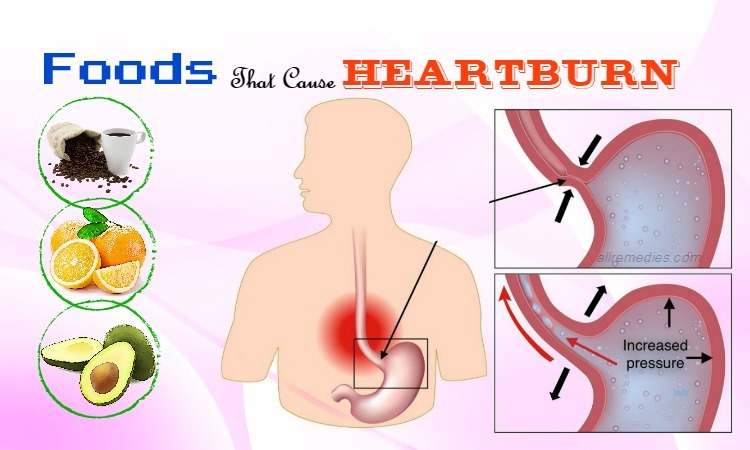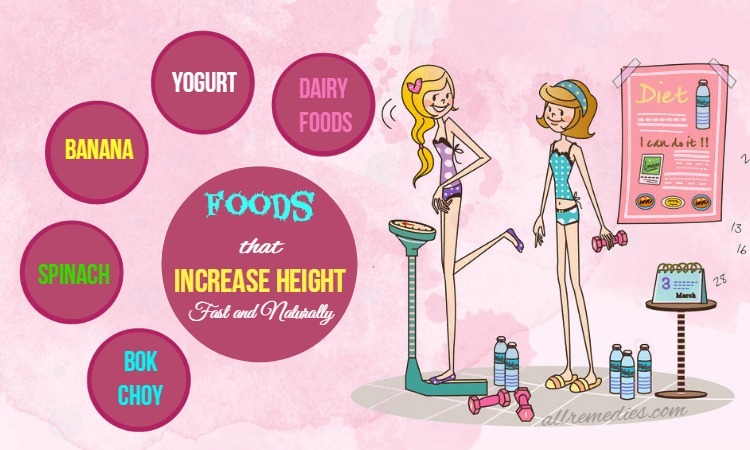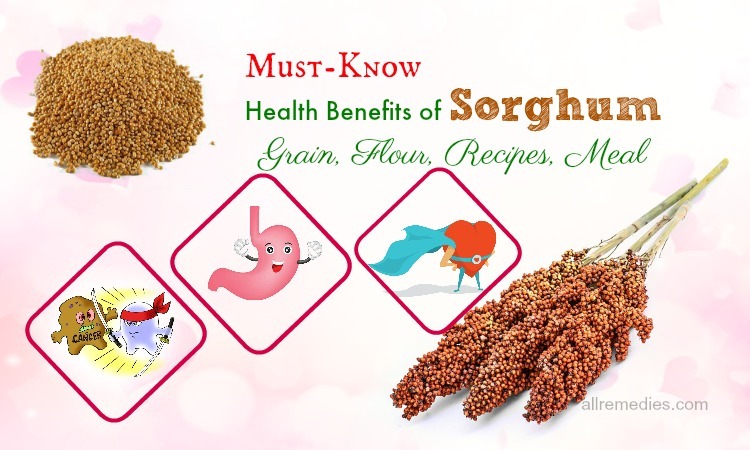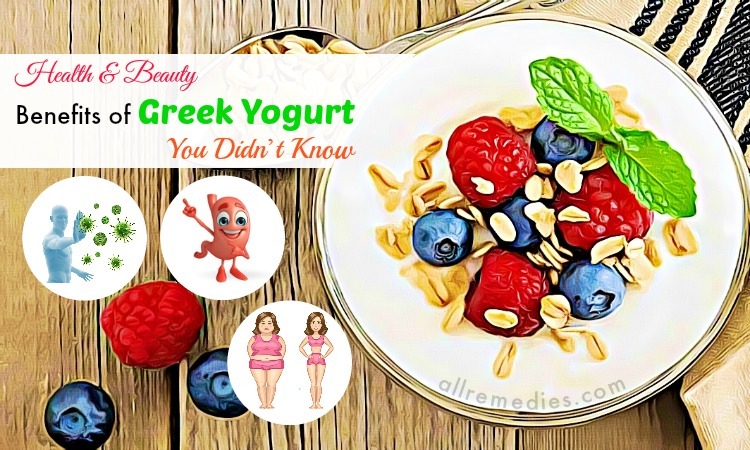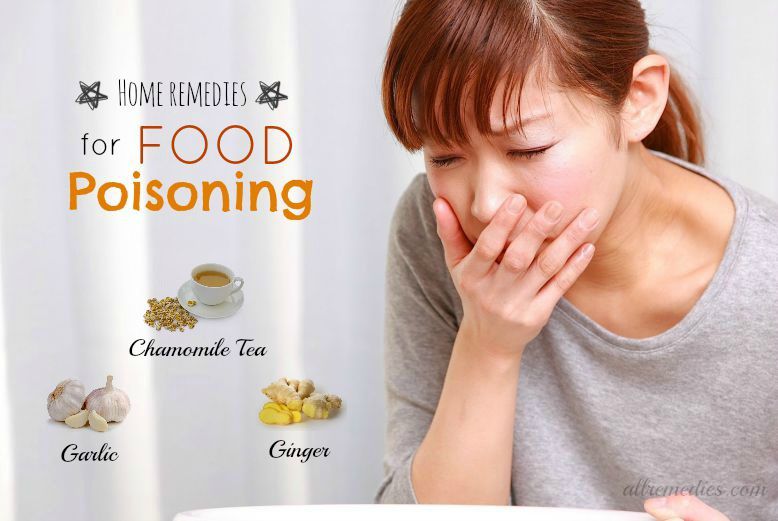
Medically reviewed by Dr. Meghan Scott ,BScH, BScAHN, MBBS, RD
List of 10 Foods High in Sodium to Avoid
Updated: 11/25/2019
Being an essential nutrient, sodium is required by your body to maintain proper blood pressure and to provide channels of nerve signaling[1]. Although deficiency of sodium is quite rare, it can still occur in people after diarrhea or excessive vomiting, in people who fast on water and juice regularly, or in athletes who have to use excessive amounts of water. Overconsumption of sodium is more common and can result in high blood pressure that in turn results in an increased risk of stroke and heart attack[2]. The current daily recommended amount of sodium is 2400 milligrams per day, however, according to the American Heart Association, people who have high blood pressure should eat less than 1500 milligrams a day, or less than 3/4 tablespoon of salt[3]. Sodium is naturally found in many foods, and salt rarely needs adding. Steps you can take to ensure low sodium intake include avoiding canned foods, choosing low-sodium cheeses, replacing salt with spices and herbs, and avoiding pickled foods.
In this article, AllRemedies.com will introduce to you the top foods high in sodium, which can help you avoid consuming them to maintain proper blood pressure. Continue reading this article to understand more!
List Of 10 Foods High In Sodium To Avoid
1. Blended Coffee Drinks

When we move into the summer and spring months, cold coffee drinks become all the rage. There are up to 220 mg of sodium hiding in your 16-ounce Coffee Frappuccino from Starbucks, but it will quench your thirst immediately. Instead, you can try getting their 16-ounce Iced Coffee with milk that contains only 30 milligrams of sodium.
2. Tomato Sauce

You can get thirsty after enjoying a big and juicy slice of pizza. Perhaps you will blame the cheese that is surely high in sodium, but tomato sauce is a partner in crime. Just ¼ cup (62 grams) of tomato sauce contains 321 mg of sodium[4]. If you pour Hunt's Canned Tomato Sauce (¼ cup) on your food, you will get 410 mg of sodium. However, Hunt’s sauce has a version which is not added salt; the sodium cut down on 20 milligrams for the same serving. If you cannot find a low sodium label in the store, you can try making your own.
AllRemedies Partner Solutions

Keep Asking Questions Until You Get The Answer You Need!
The Medical Experts are all here to answer your questions online or with a phone call.
3. Plain Bagels
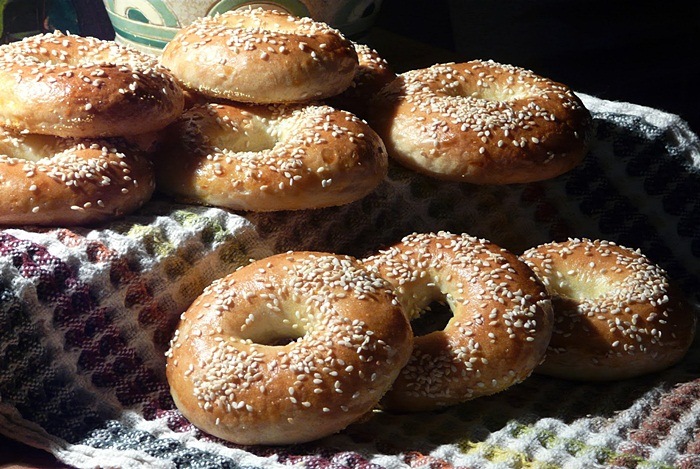
People often avoid bagels because they are one of the foods high in sodium and carbohydrates. Keep in mind that it is 500 mg of sodium for one plain bagel (without cream cheese)! In general, bagels are pretty salty, and if you are craving carbohydrates, you can opt for an English muffin that has only 180 milligrams of sodium.
4. Cereal
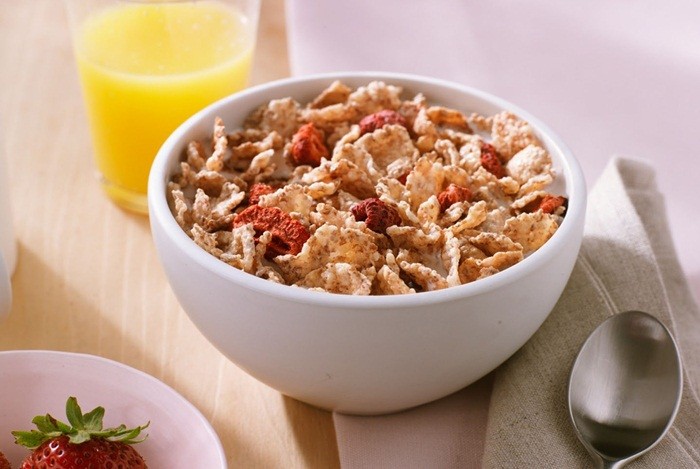
A high fiber cup of cereal with berries and low-fat milk is a healthy way to start a new day[5]. However, if you are not careful, you can start the day with a high amount of sodium. Many people check the food label of cereal for fiber, sugar, and calories and rarely care about the sodium content. Of course, you should not overlook this nutrient because its sodium content ranges approximately 170 – 280 milligrams per serving. You should look for plain oatmeal and shredded wheat brands to limit sodium in cereal.
5. Canned Vegetables
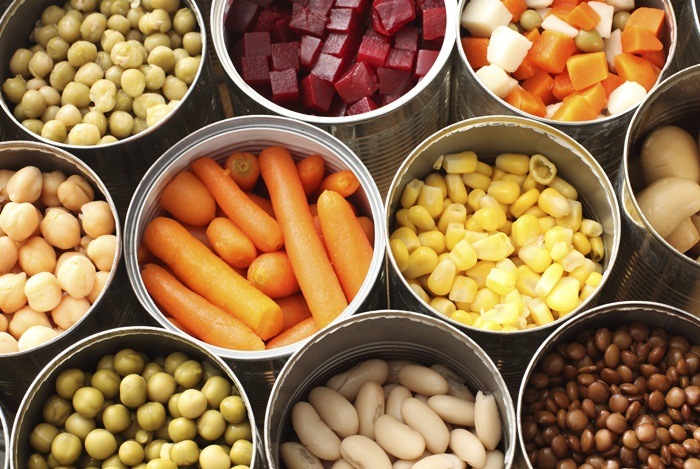
As we know, the best diet is to incorporate lots of vegetables. However, consuming fresh veggies sometimes isn't possible. For those how choose canned vegetables instead of fresh, be careful. For instance, a 1/2-cup serving of canned peas contains 310 mg of sodium and a 1/2-cup (serving of canned asparagus has 346 mg of sodium[6] [7].
Instead, you should opt for ½ cup of canned Green Giant beans, which delivers 400 milligrams of sodium into the meal, or you can also try eating the Valley Fresh Steamers for 0 milligram of sodium!
6. Cottage Cheese

Cottage cheese has a good source of protein and calcium. Low-fat cottage cheese delivers 28 g of protein, with 160 calories. One cup of serving can have almost 1,000 milligrams of sodium, about 40% of what you are supposed to have during an entire day. Your best choice is cottage cheese which has no added salt [8]. Greek yogurt, which delivers just 60 milligrams of sodium per one serving size, is a great high-protein substitute.
7. Bread
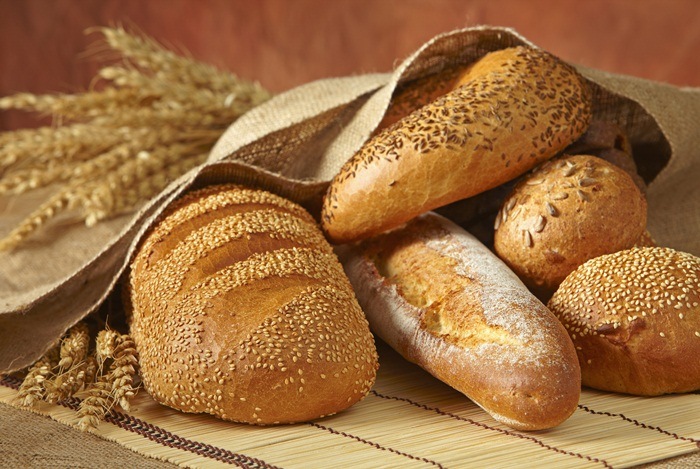
According to the Centers for Disease Control, bread is a main source of sodium in the American diet[9]. One hundred percent of whole grains are a high source of fiber and can help to prevent heart disease and reduce cholesterol. Unfortunately, many bread manufacturers add too much salt in the recipes, which negate the health benefits of bread. A slice of bread can average from 260 – 400 milligrams, and most people often have 2 slices per serving so that the sodium can be added up. You should opt for the brands which contain less than 170 milligrams per slice.
8. Soup

A cup of hot soup will give you a filling and healthy lunch. However, the amount of salt in soups is also shocking, especially the canned soups at the supermarkets. Although a cup can be about 300 calories, a serving might contain half of the sodium limit for a day.
When you want to use canned soup, you should buy low-salt versions when possible. However, after years of consuming super-salty soup, you can think that it tastes bland. You can also dress it up with fresh herbs, sprinkle Parmesan cheese, or freshly cracked pepper. However, over time you can get used to low-salt soups. Besides, you can add several shakes of salt yourself because you will not add more than food manufacturers would.
9. Beets
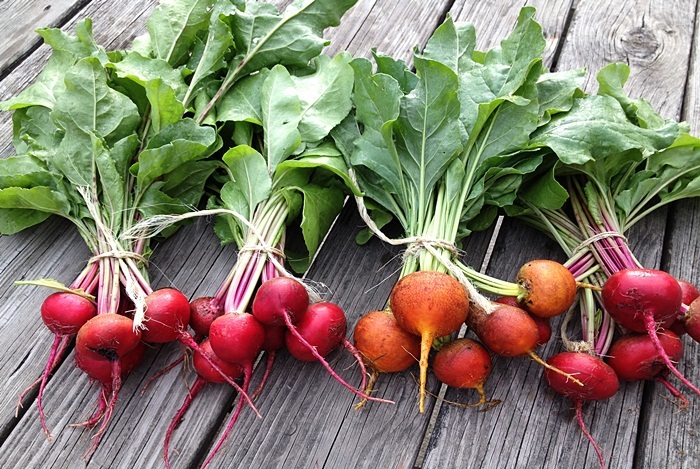
Beets are red and gold and contain around 65 mg of sodium per beet. So, these vibrant root vegetables can become your favorite salt replacement. Simply, you slice and bake them to prepare stand-in potato chips, roast and add them into pasta sauces and salads for a bright and earthy kick, or blend and add them into homemade vegetable juice. You do not fear the beet, and you can use it into your cooking advantage (just need to wear gloves).
10. Nut Butter

A peanut is the only ingredient that needs to produce peanut butter. However, so many companies are adding sugar, palm, hydrogenated oils, and salt to boost the taste. With an average 2-tablespoon serving of nut butter, you will get 125 milligrams of sodium. Therefore, you should buy a no-sodium-added nut butter or avoid the food processor and prepare your own.
Hope that this article can help you identify sodium-high foods to avoid eating them for your good health. If you have any questions, or you know other foods high in sodium, please leave them below.

GET FREE ACCESS!
Lorem Ipsum has been the industry's standard dummy text ever since the 1500s, when an unknown printer took a galley of type and scrambled it to make a type specimen book. It has survived not only five centuries
Also on
JOIN THE CONVERSATION
